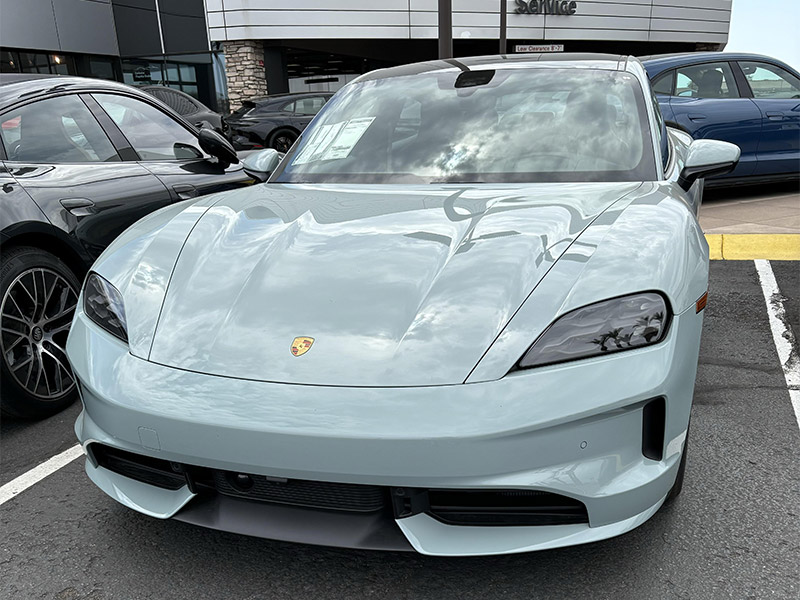
Stellantis, the global automotive conglomerate formed from the merger of Fiat Chrysler Automobiles and PSA Group, is navigating a period of significant upheaval following the abrupt resignation of CEO Carlos Tavares. This leadership change comes amid declining sales, financial challenges, and strategic disagreements within the company’s upper echelons.
CEO Carlos Tavares Resigns
On December 1, 2024, Stellantis announced that its Board of Directors, under Chairman John Elkann, accepted the immediate resignation of CEO Carlos Tavares. The company cited “different views” between Tavares and the board regarding the company’s strategic direction as the primary reason for his departure.
Financial and Operational Challenges
Under Tavares’ leadership, Stellantis faced several hurdles:
- Declining Sales: The company reported a 27% decline in net revenues in the third quarter of 2024 compared to the same period in 2023, with U.S. sales of key models like the Jeep Grand Cherokee and Ram pickup trucks experiencing significant drops.
- Dealer and Union Relations: Cost-cutting measures led to strained relationships with dealers and labor unions, particularly in the U.S., where inventory levels and pricing strategies became points of contention.
- Strategic Disagreements: Tavares’ focus on short-term cost reductions reportedly clashed with the board’s vision for long-term investment in product quality and innovation, culminating in his resignation.
Interim Leadership and Future Outlook
In the wake of Tavares’ departure, Stellantis has established an interim executive committee chaired by John Elkann to oversee operations while the search for a new CEO is underway, with an appointment expected in the first half of 2025.
Stellantis
The company has reaffirmed its full-year 2024 financial guidance, indicating confidence in its existing strategies despite recent setbacks. However, the leadership transition occurs as Stellantis confronts broader industry challenges, including the shift toward electric vehicles, regulatory pressures, and intensifying global competition.
Conclusion
Stellantis’ current turbulence underscores the complexities of managing a multinational automotive giant amid rapid industry transformation. The forthcoming leadership decisions will be pivotal in steering the company toward stability and growth in an increasingly competitive market.

